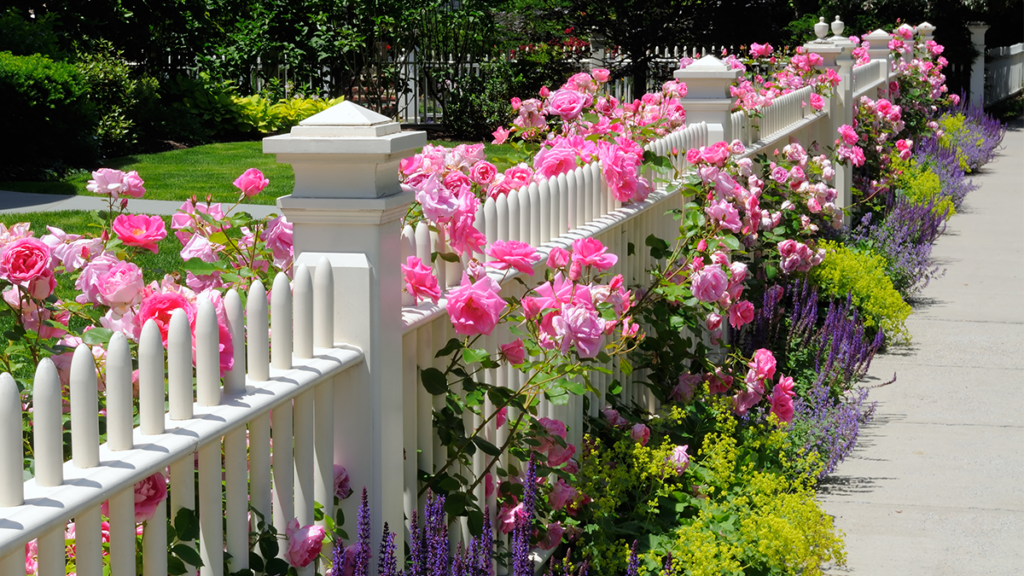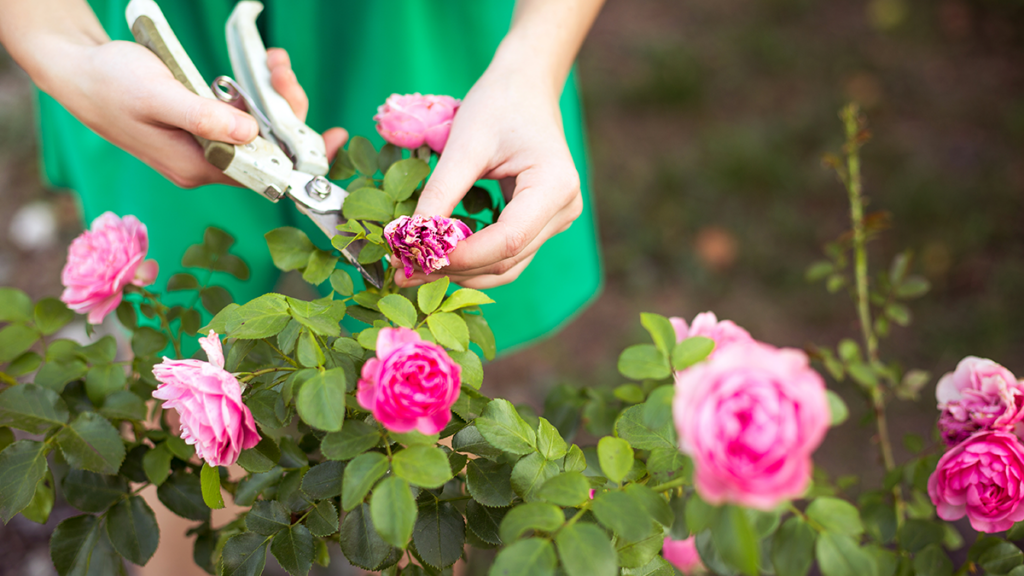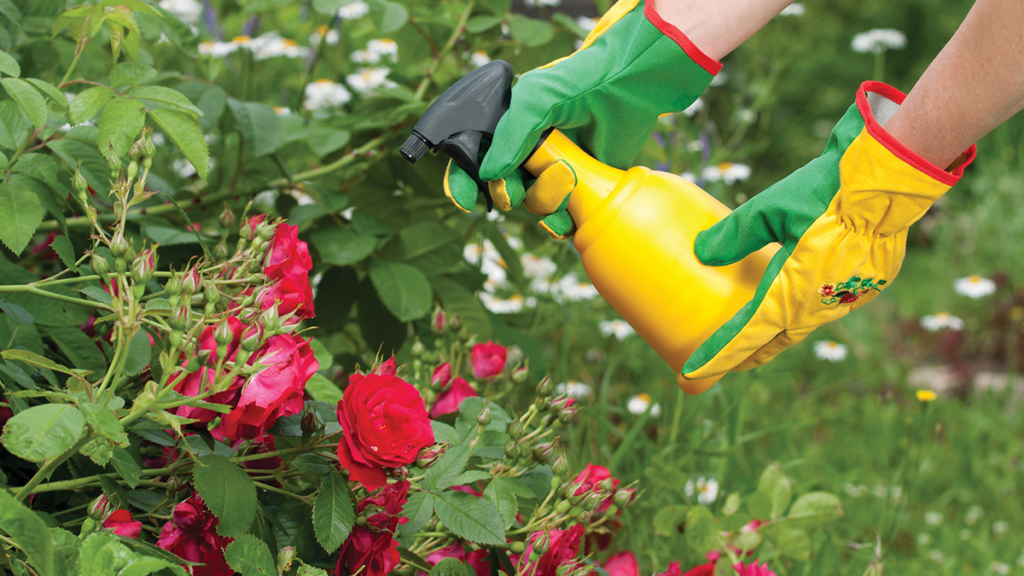Rose Care Basics
Rose Care Basics
Beginners often become confused with the many recommendations and suggestions for growing roses. However, it is important to start with the basic guidelines for successful rose growing. Roses can thrive under many conditions, but they are sure to grow better, with more luxurious blooms and fewer problems, when you follow the basics.

Prepare the Soil
The proper soil is essential to nourish roses so they can grow to their full potential. To make the soil ideal for roses:
- Take a soil sample to test the pH, either with a home testing kit or PH meter service. Roses like a pH of 6.0 to 6.8. You may need to add lime to raise the pH or sulfur to lower it to the optimum rose range.
- Incorporate Bumper Crop or Posy Power into the soil. This will provide superior drainage and excellent organic material for roses to absorb.
Planting Roses
If they aren’t planted properly, roses won’t thrive as well as they could. Improper planting could even damage roots and destroy a rose bush.
- Select a sunny spot with good soil drainage; roses require at least 6 hours of full sun daily. Early morning sun is preferred because it dries the leaves, which helps prevent disease.
- Dig a wide, shallow hole that is 2-3 times as wide but not quite as deep as the root ball (about 1 inch shallower). The plant should sit on solid ground so it doesn’t sink when the soil settles.
- Remove the plant from the pot and loosen any circling roots. If you can’t pull the roots apart, use a knife to make 4-5 vertical cuts in the root ball. This will allow new roots to grow out into the surrounding soil as the plant becomes established.
- Place the plant in the hole slightly elevated above ground level. Backfill with a mix of your old and new soil mixture soil until the hole is half full.
- Mix in Espoma Biotone for root development
- Fill the rest of the hole with soil and water thoroughly. Apply mulch to a depth of 2 inches, being careful not to mound mulch against the trunk of the plant, which could encourage rotting or insect damage.

Pruning Roses
To look their best, roses must be properly pruned. This can be intimidating for rose-growing novices, but once the basics are mastered, the techniques for pruning roses are not difficult. Stop by and see us for a live demo as you can usually find one of our nursery people pruning roses!
In spring, remove winter mulch when new grow appears. Prune out all dead wood and twiggy growth and cut back to sound wood with a clean slanting cut, just above a good bud eye.
- During the growing season, remove fading roses promptly, cutting just above a five-leaflet leaf. This will help encourage reblooming on many cultivars, and will help prevent rot or disease infestation.
- To winterize, remove all fallen leaves and debris from the base of the plant, cut back to 10-12 inches after the ground freezes, then apply a mound of mulch over the canes to protect them from temperature shock.

Food and Water
Roses need the proper nutrition – water and fertilizer – to bloom well and develop stunning colors and fragrances.
- Roses thrive best when given 1 inch of water weekly. A thorough soaking from rain or hose will keep roses blooming all season. Try not to overhead water unless it is early in the day, as the damp leaves can promote disease.
- Fertilize monthly with Espoma Rose-tone or similar products specially formulated for the nutritional needs of roses.
Treat for Disease and Pests
There are times when roses will succumb to diseases and pests. Quickly recognizing these problems and treating them properly will help minimize outbreaks that can damage several rose plants at once.
- Fungus diseases cannot be cured, so a regular spraying schedule is very important. Keep an eye on plants that were infected last year and spray with a fungicide to prevent outbreaks this year.
- You may also need to use an insecticide for severe insect problems. Minor problems can be handled with less harsh methods, but diligence will be necessary to keep pests from taking over the rose bushes.
- Many rose lovers find it convenient to use an all-purpose insect and disease spray once a week.
It may seem like a lot of work to cultivate roses, but it actually is not! Once you see your rose bush in full bloom, the little bit of effort you put in will be well rewarded. Stop by Strader’s and see all of our gorgeous roses. From old-fashioned tea roses to Knock Out, to Oso Easy to Drift roses, you won’t find a better selection!












